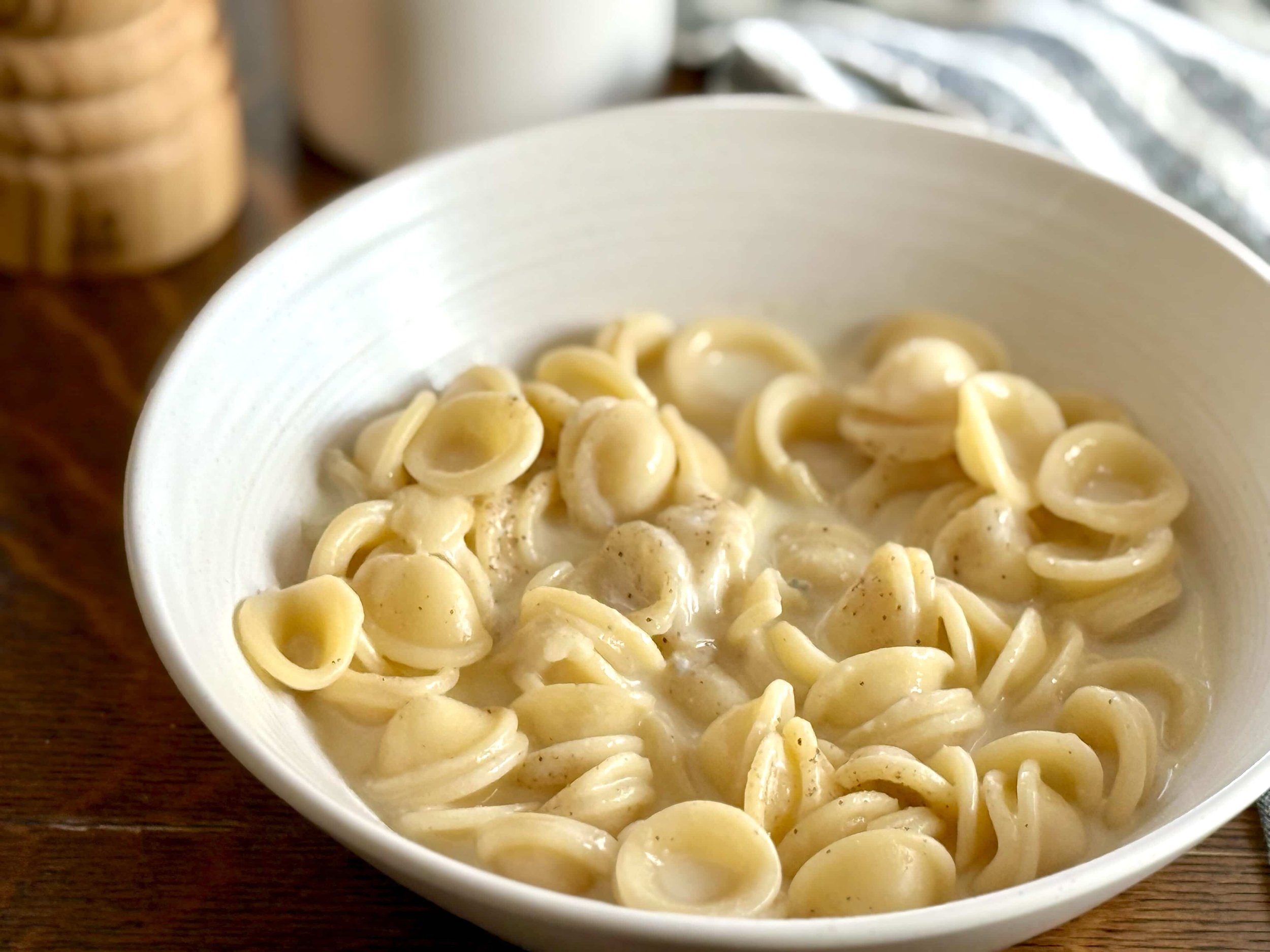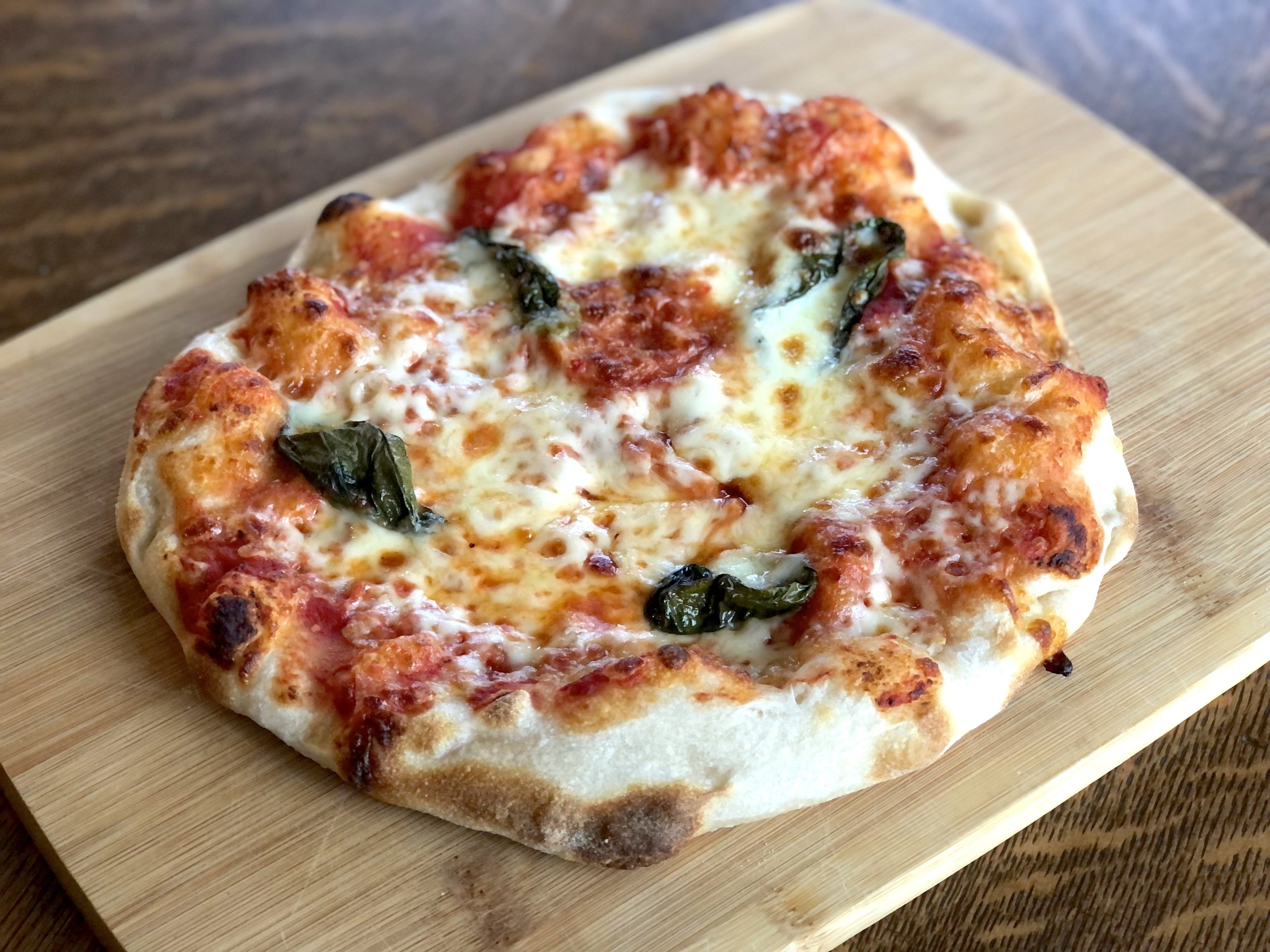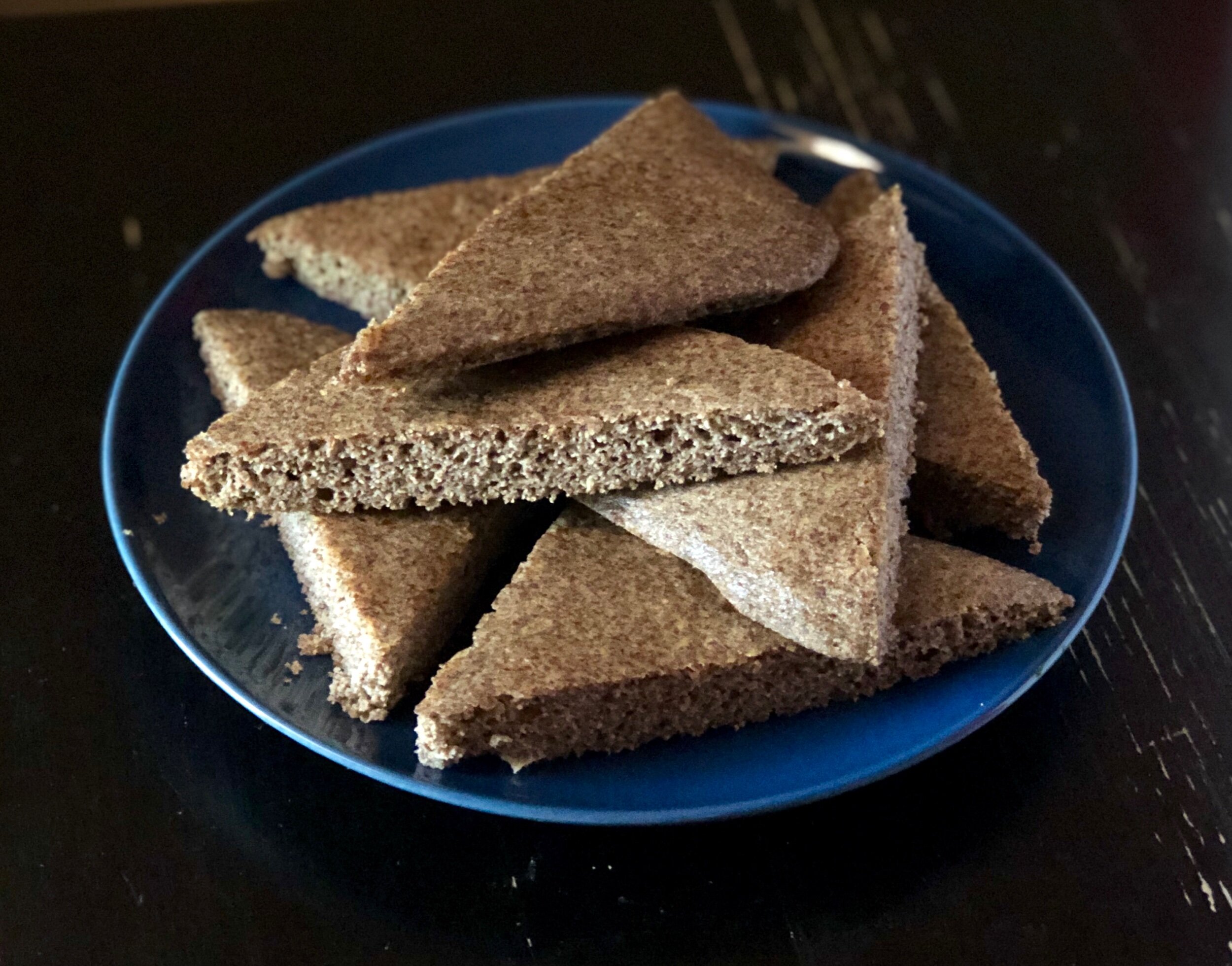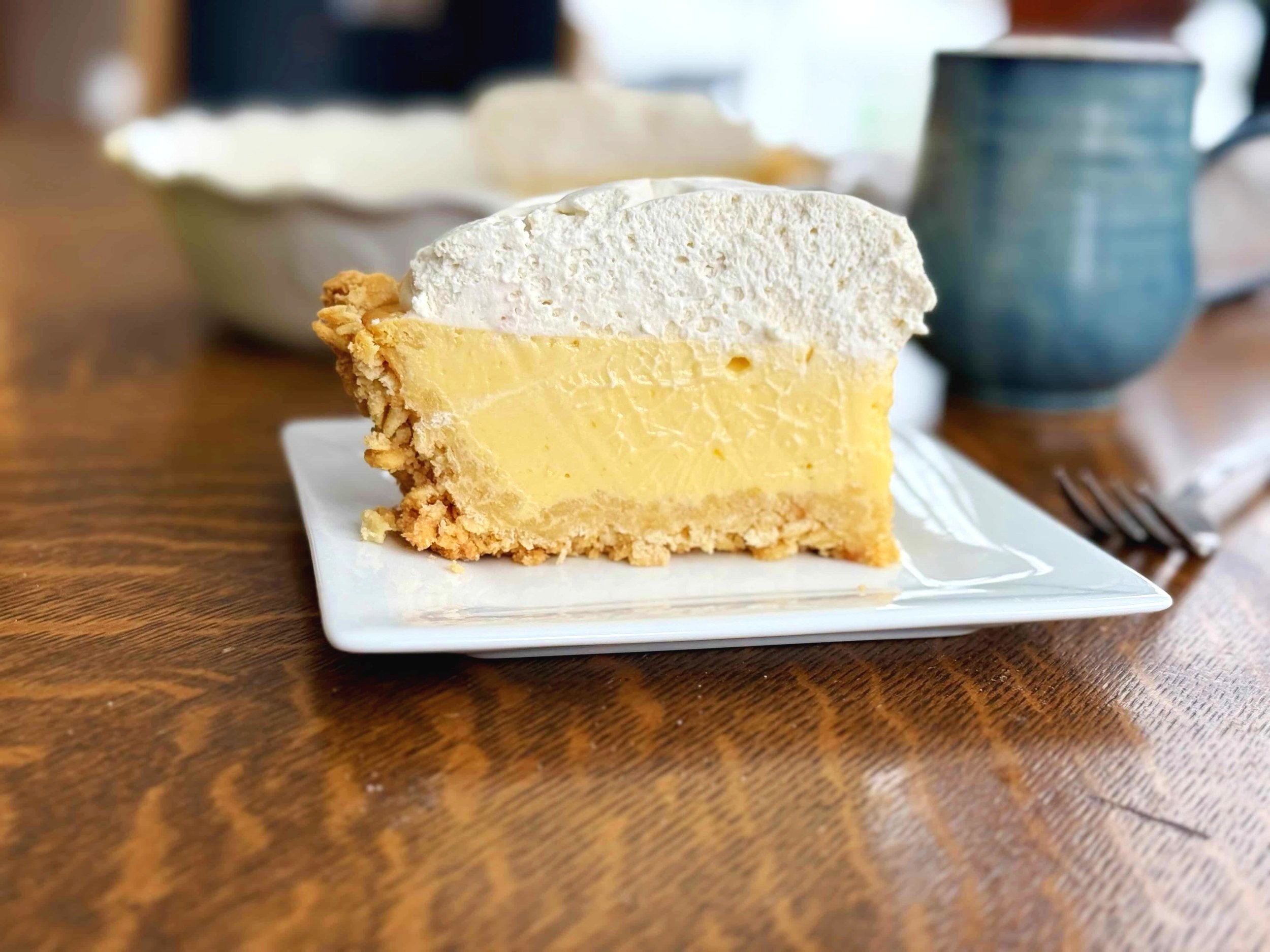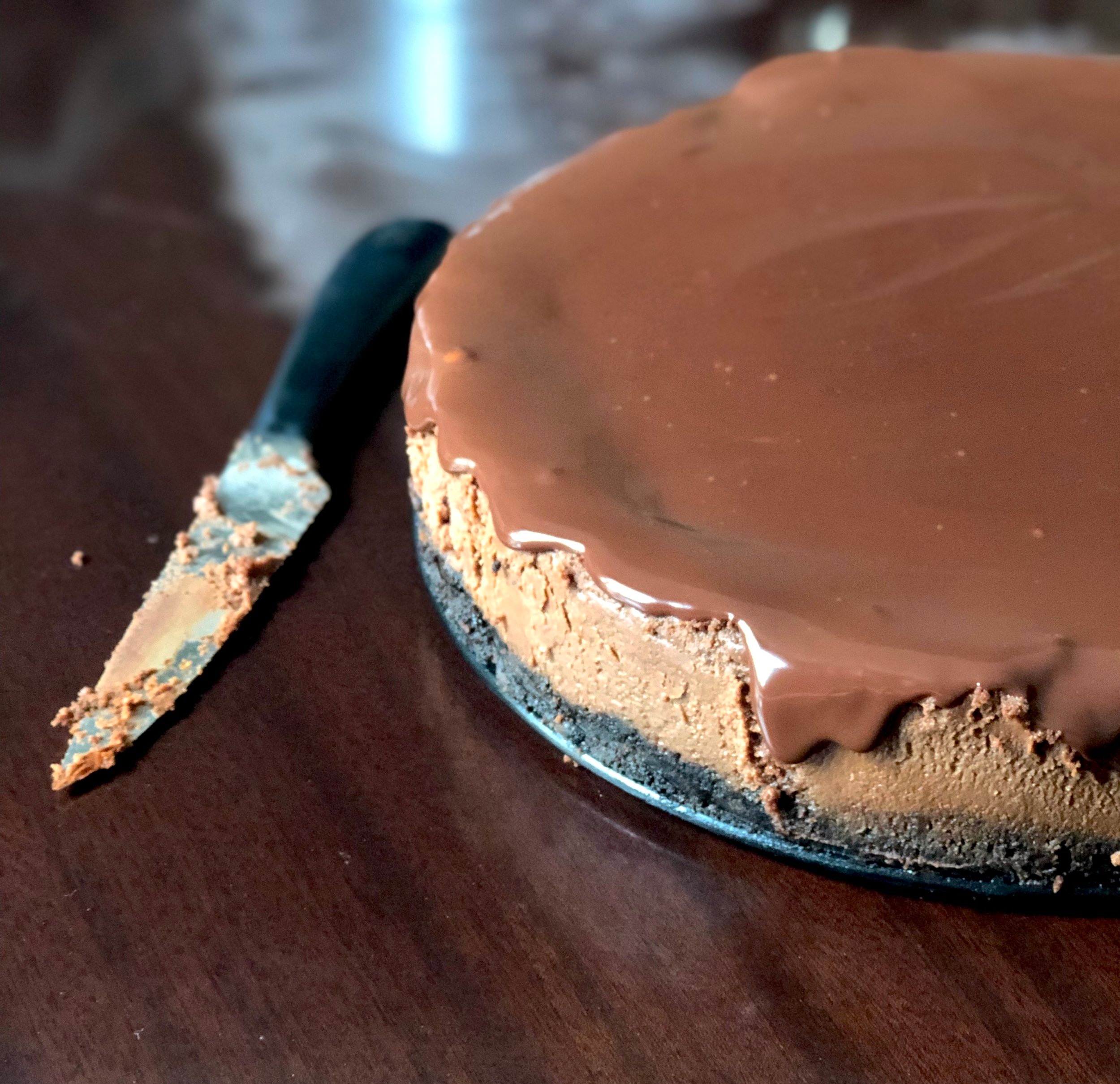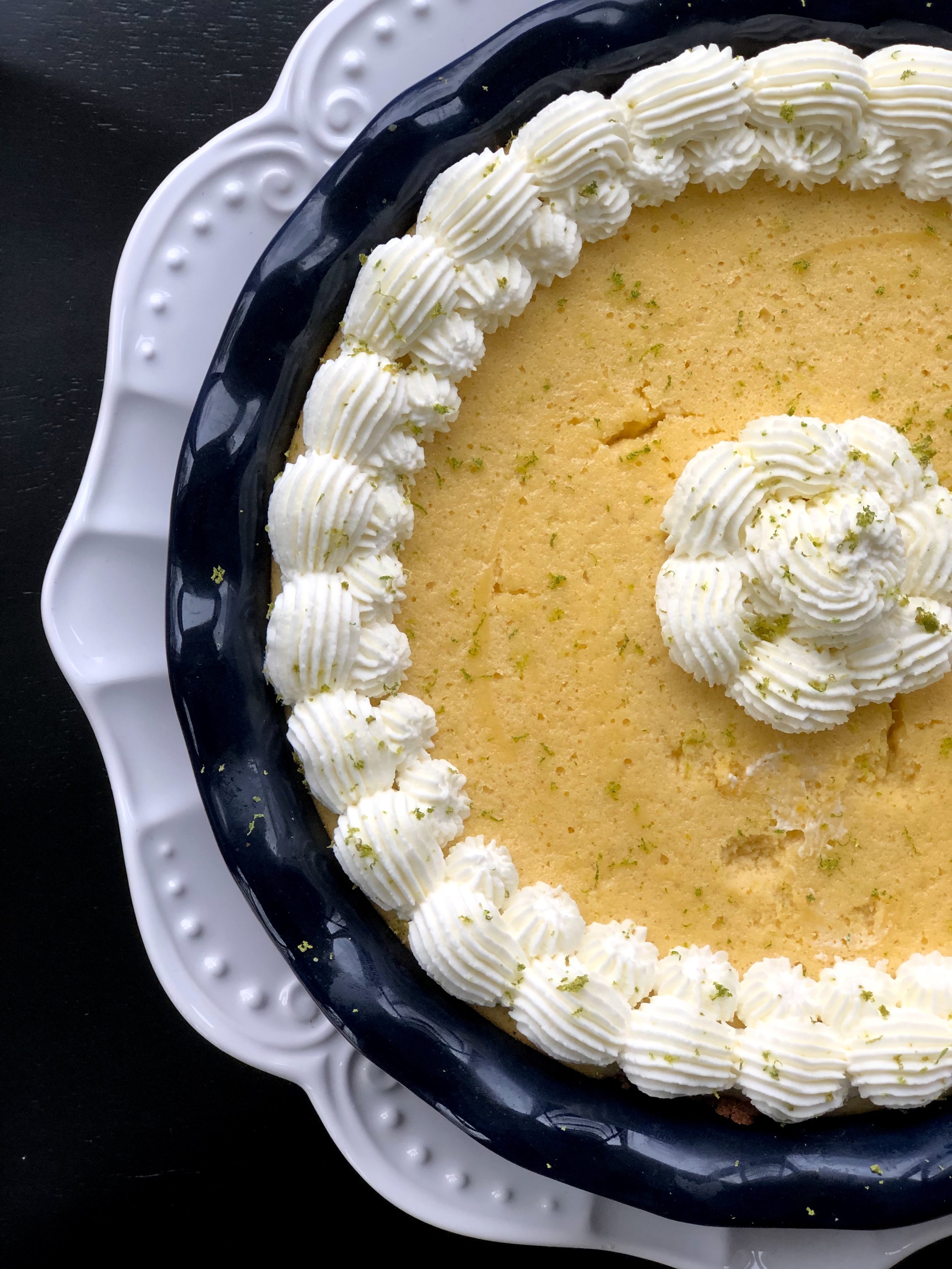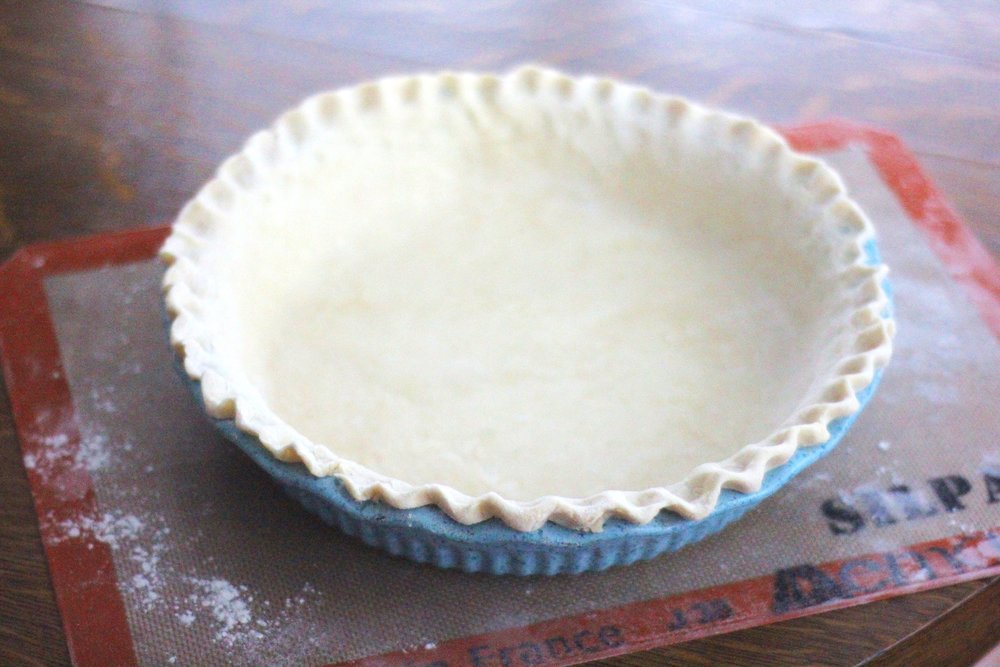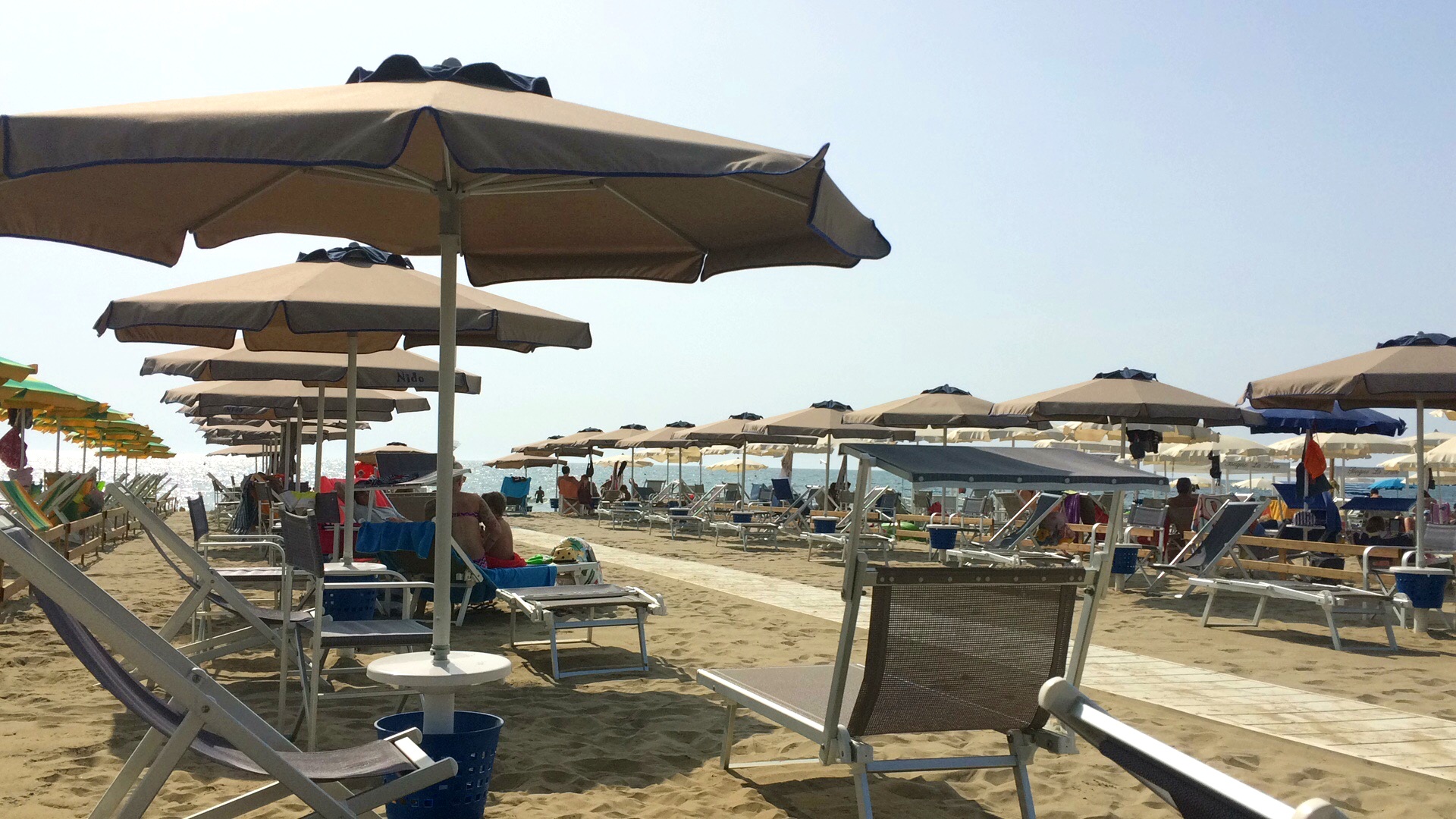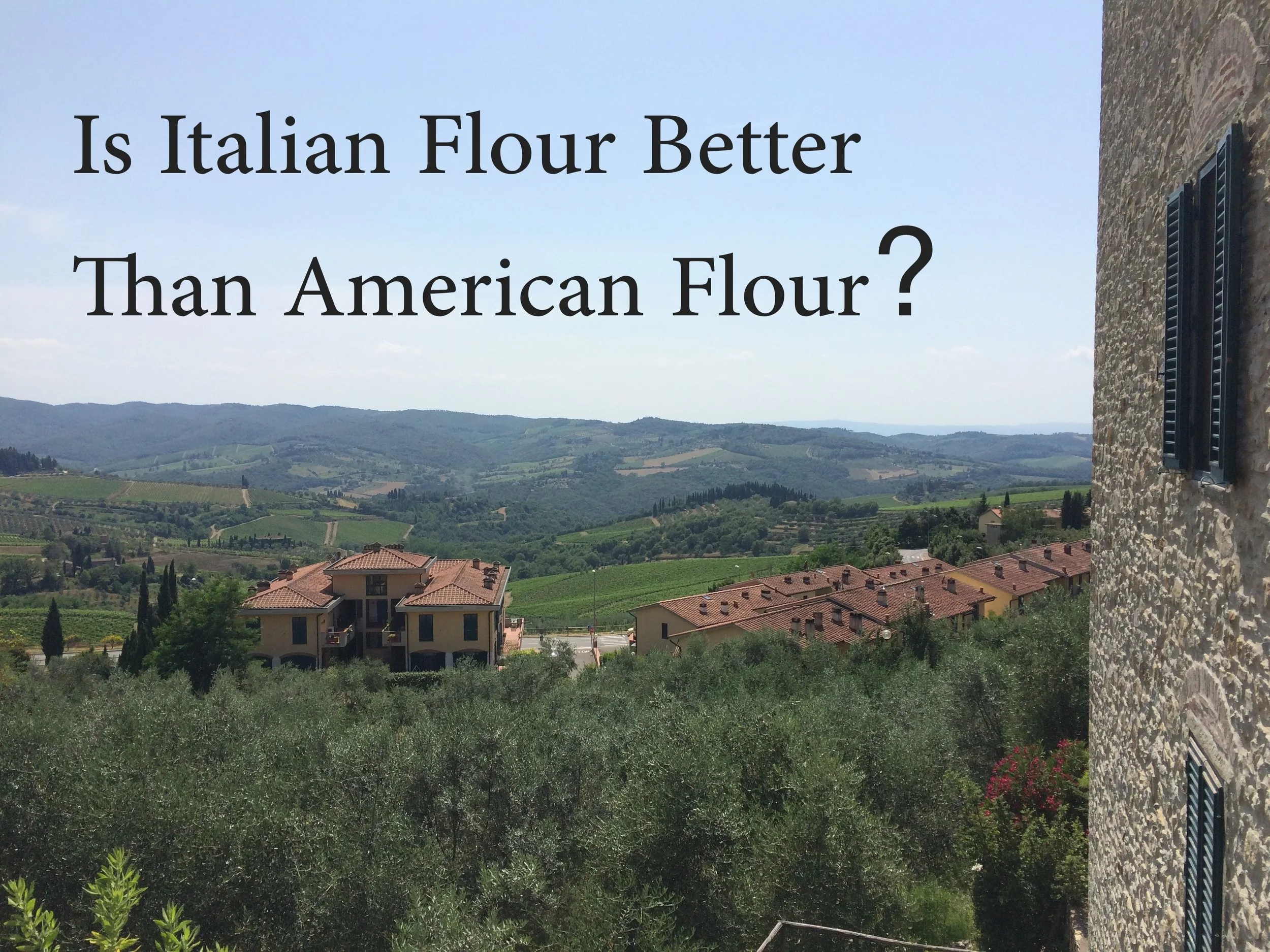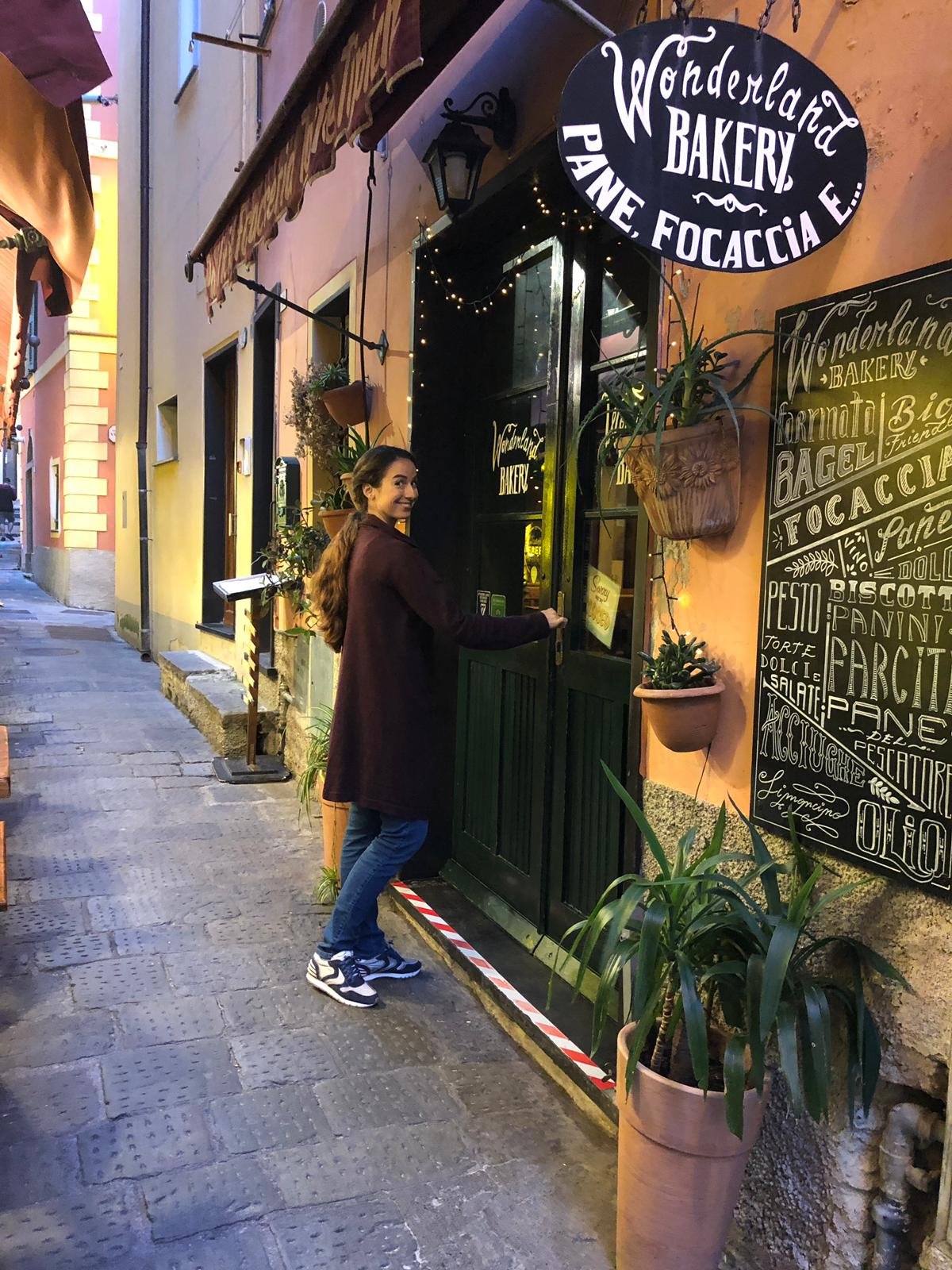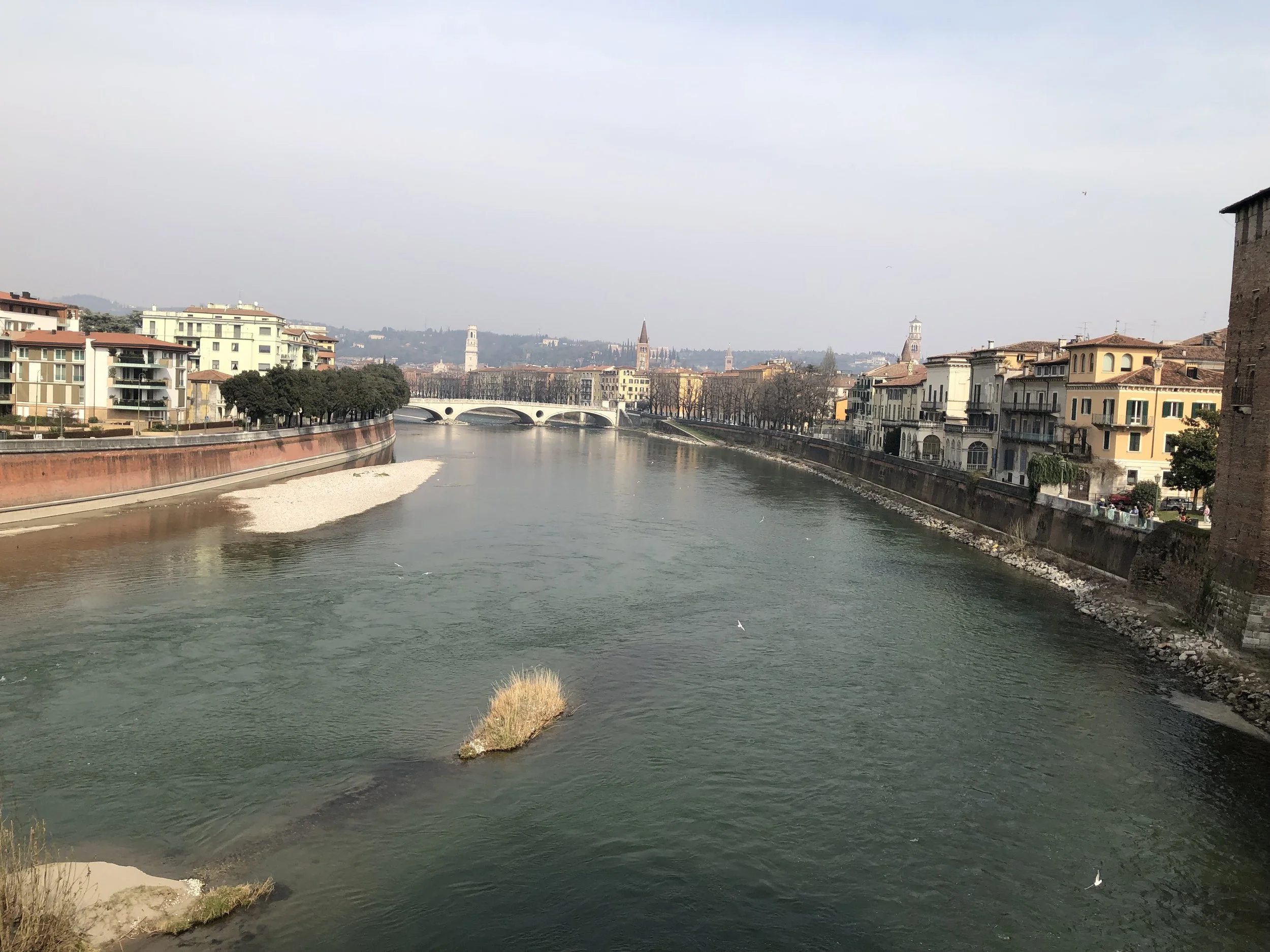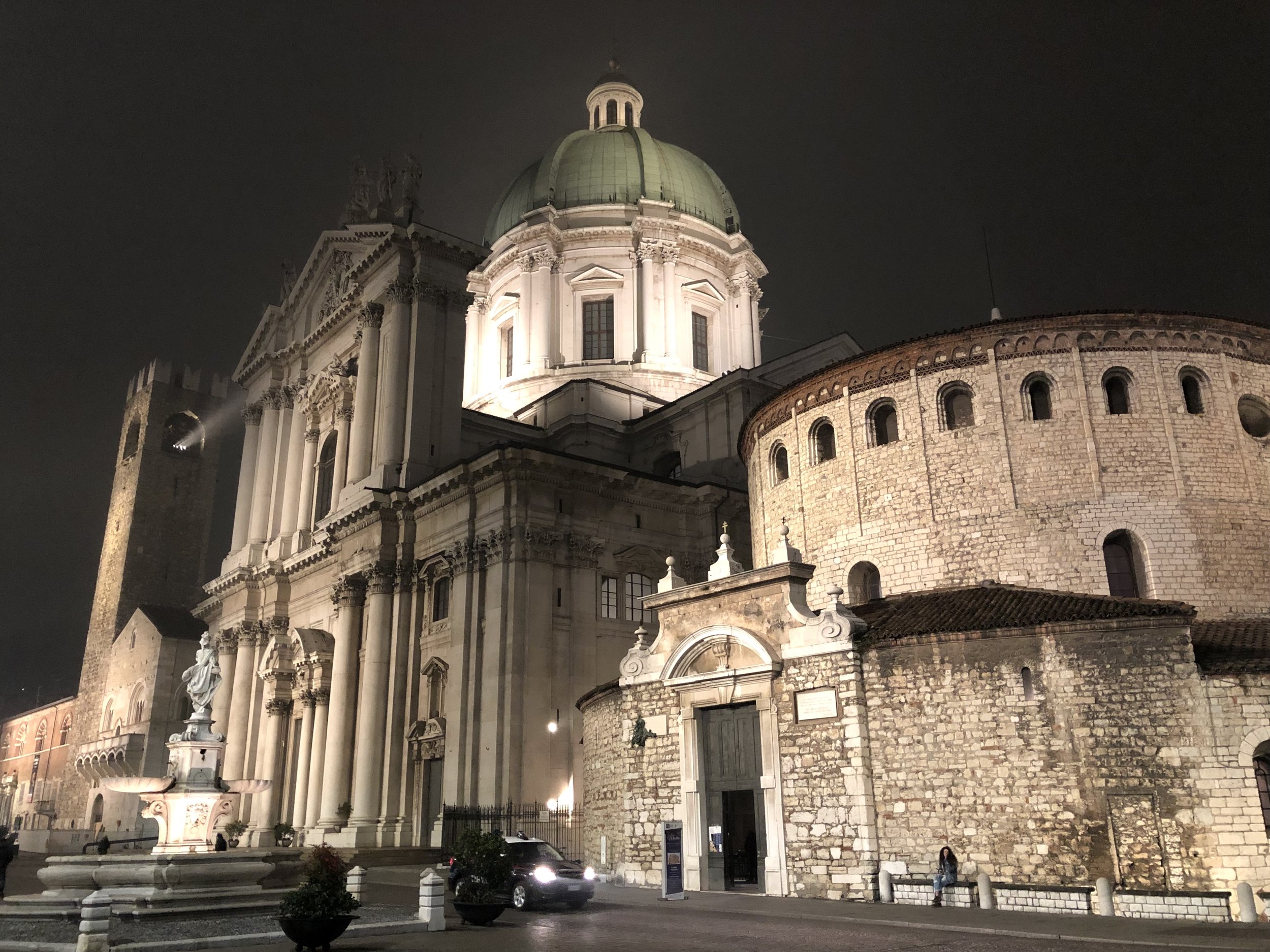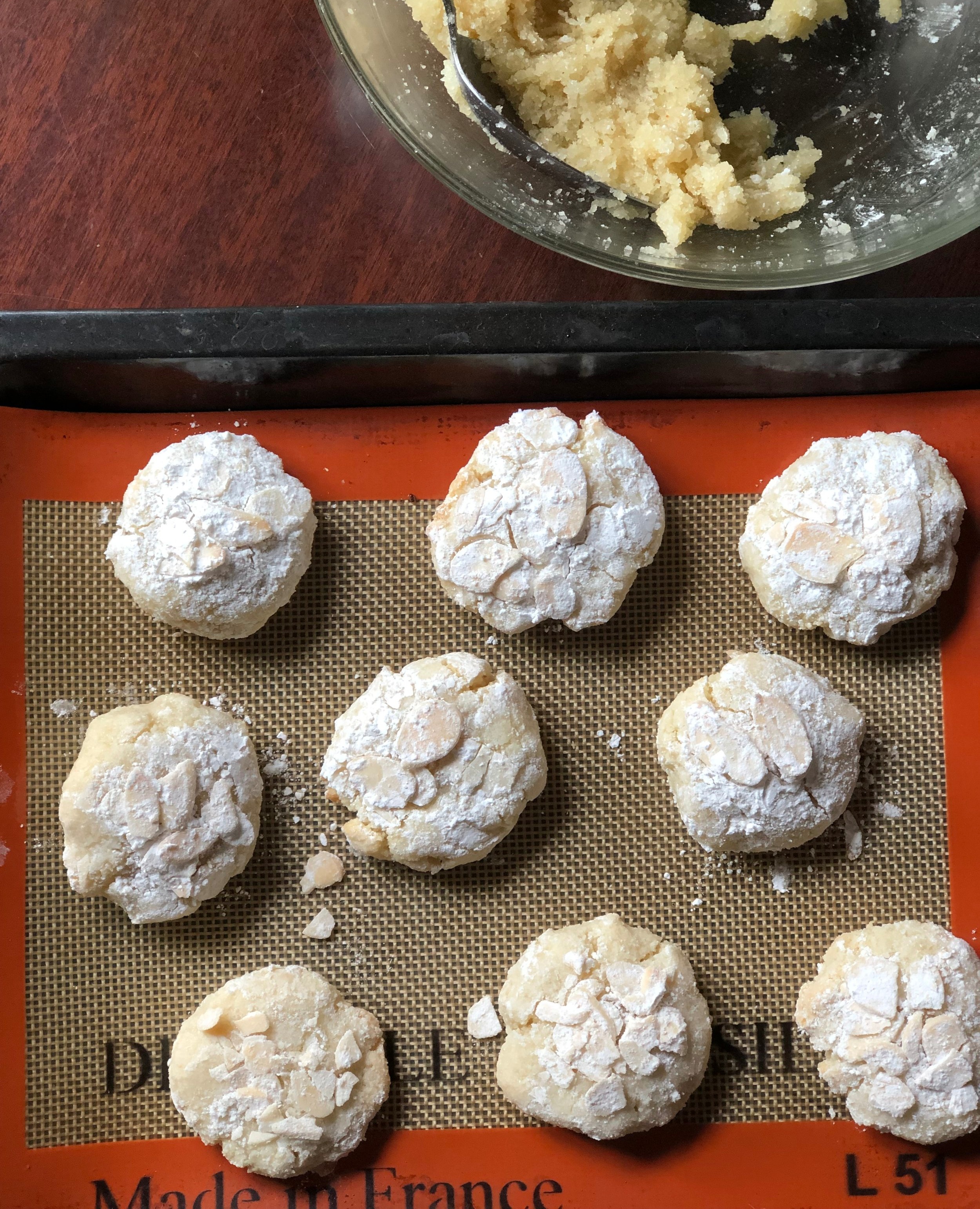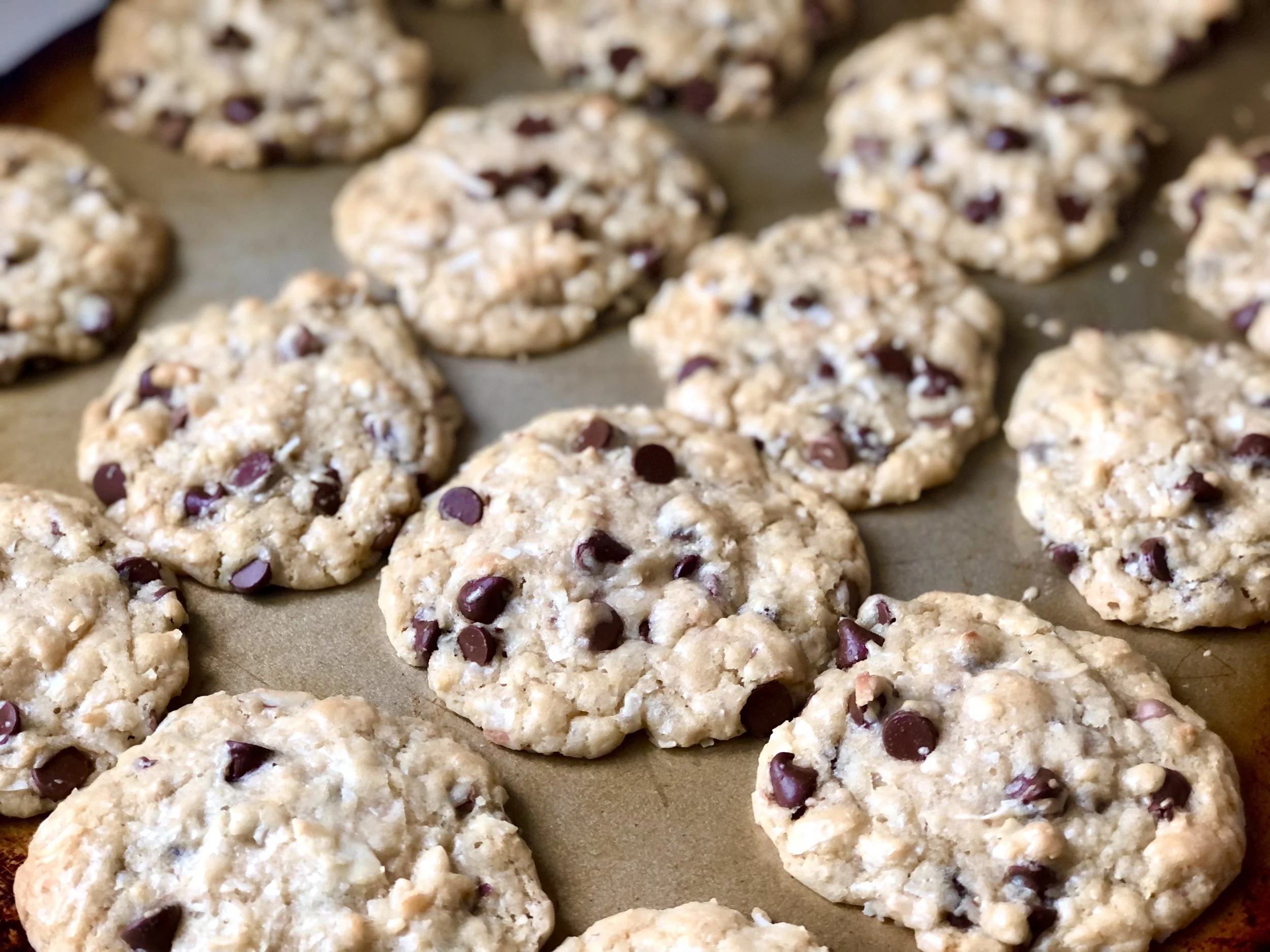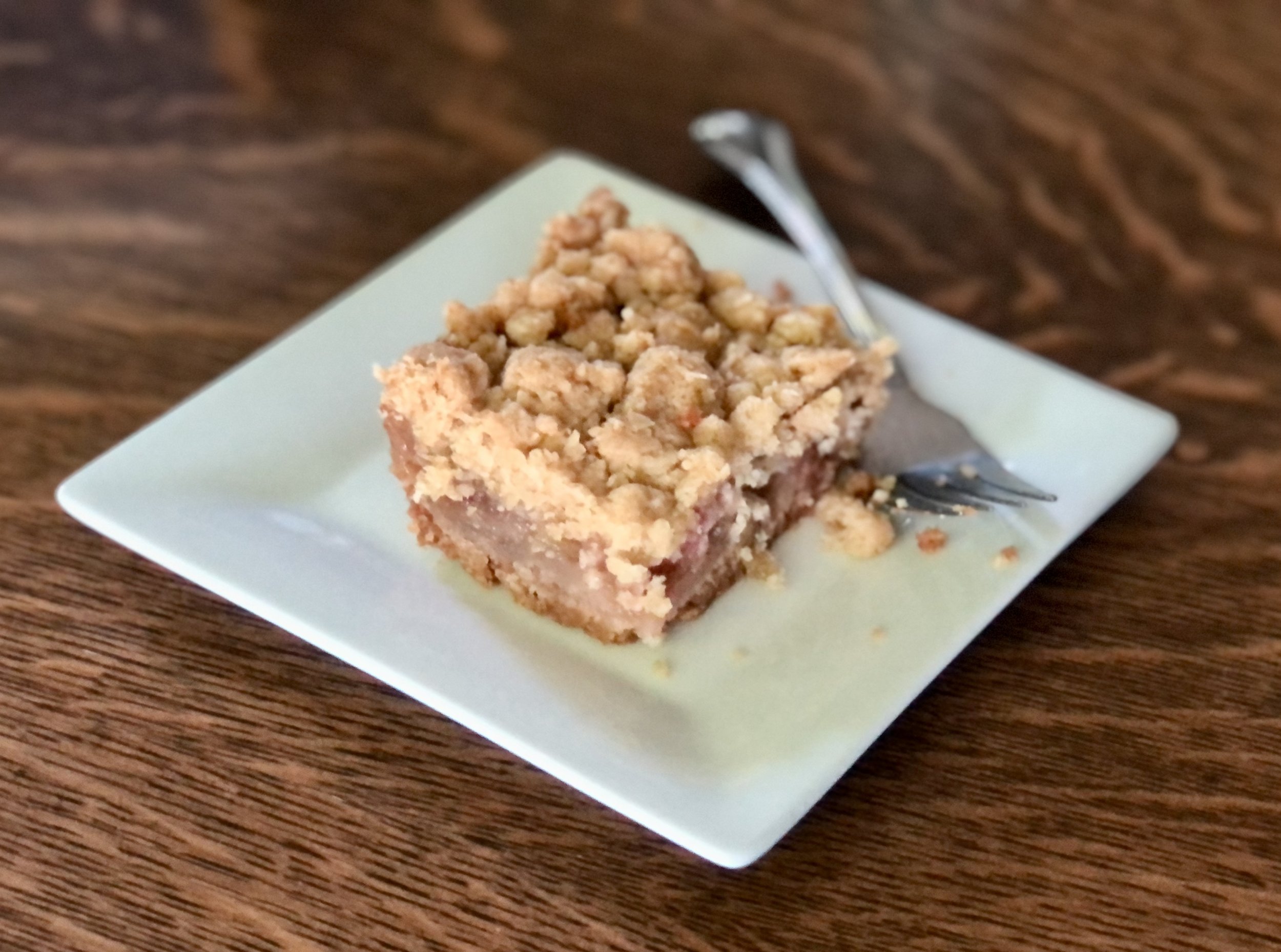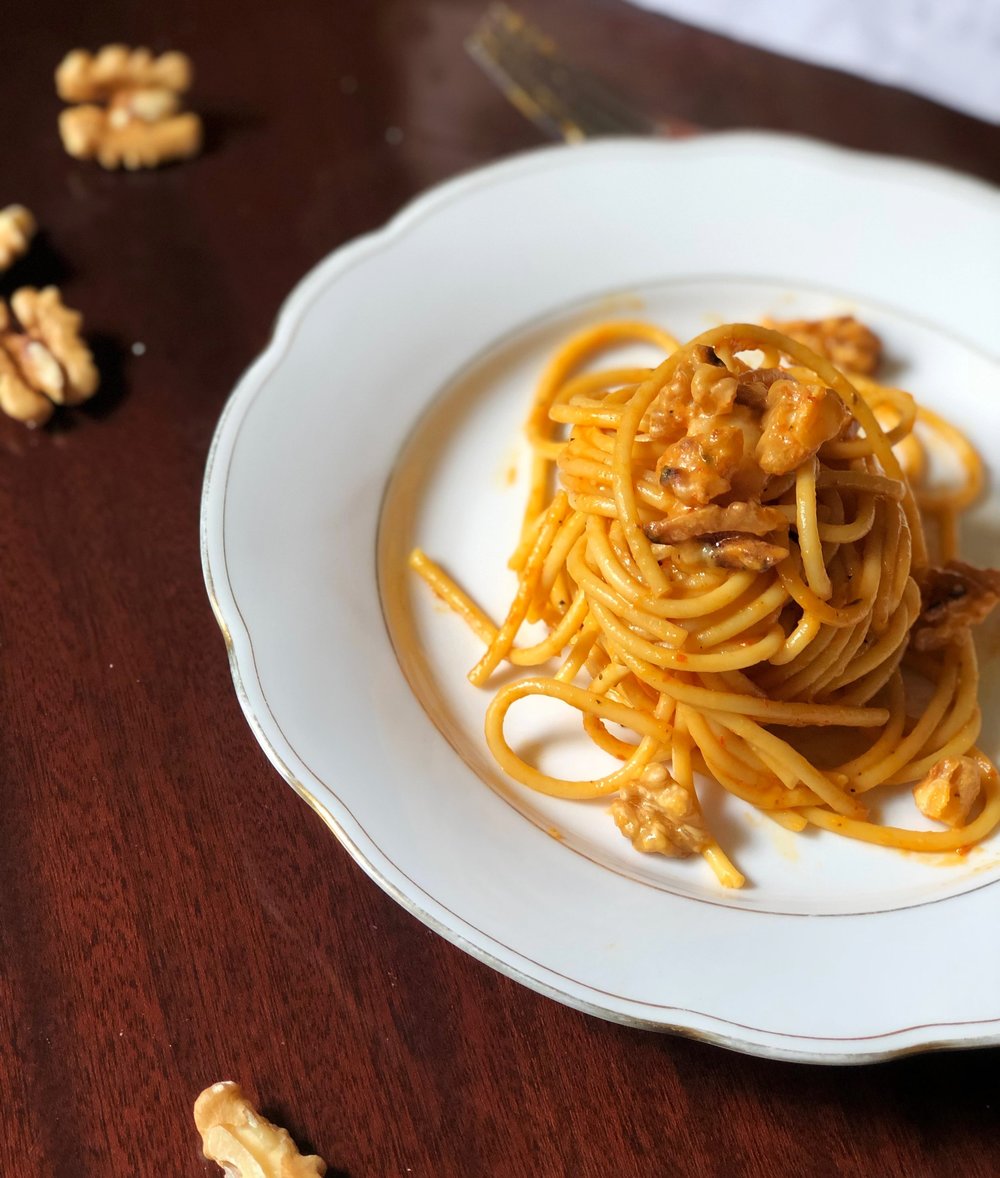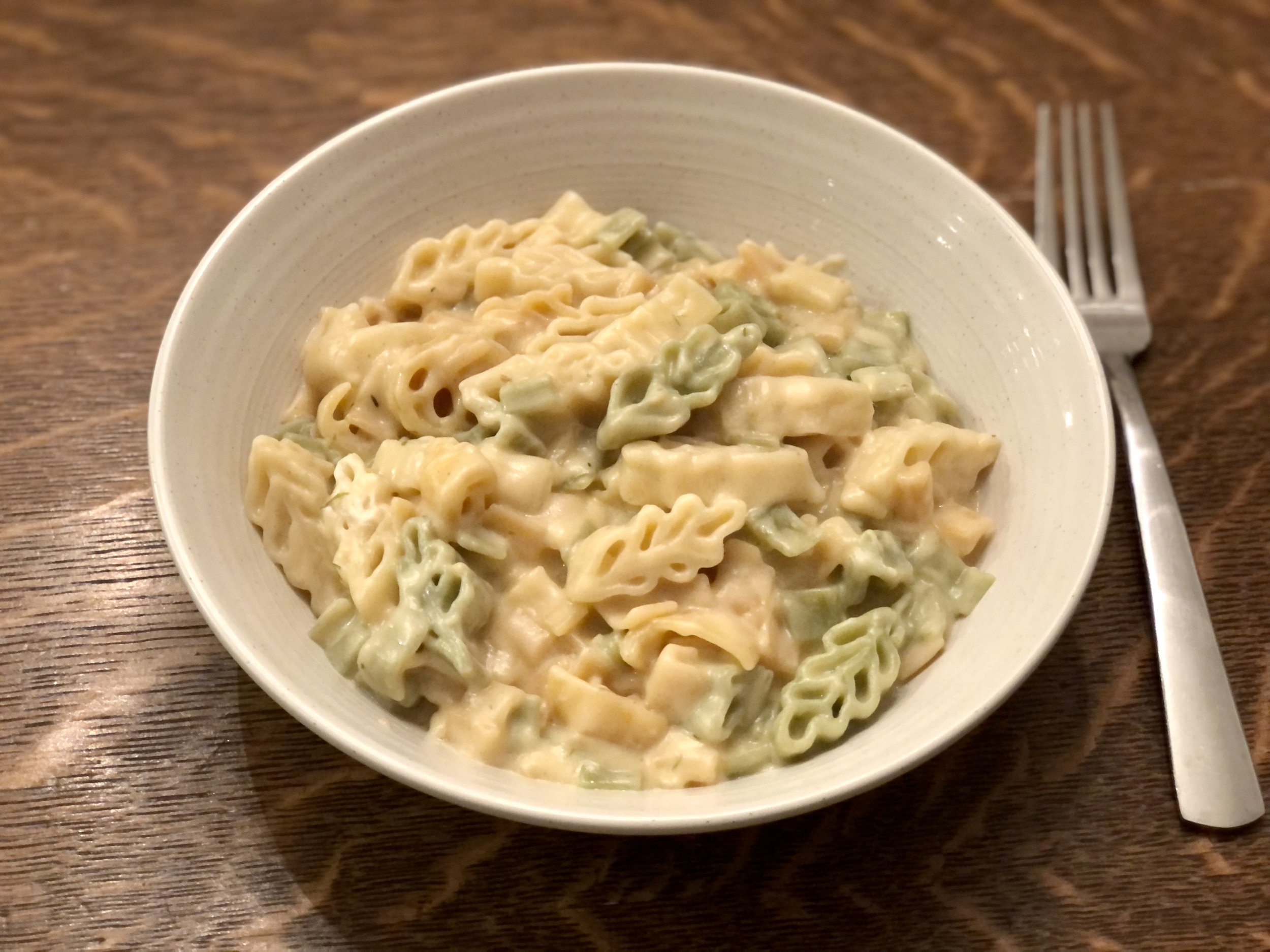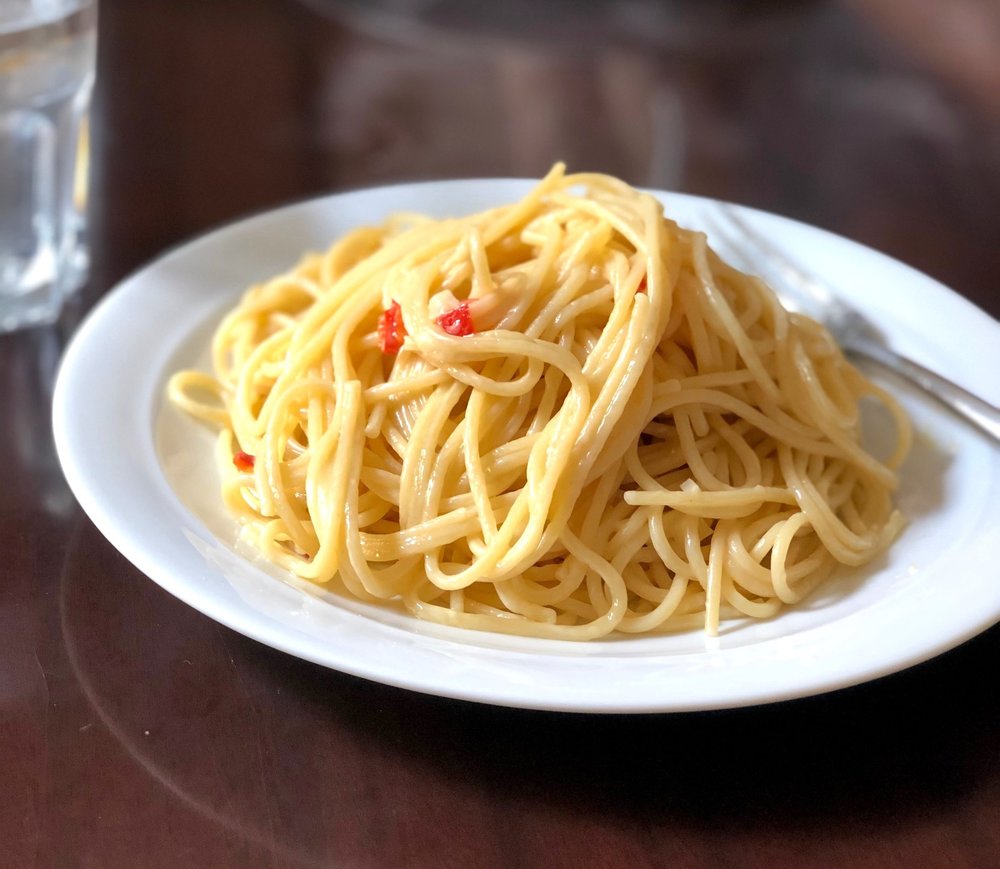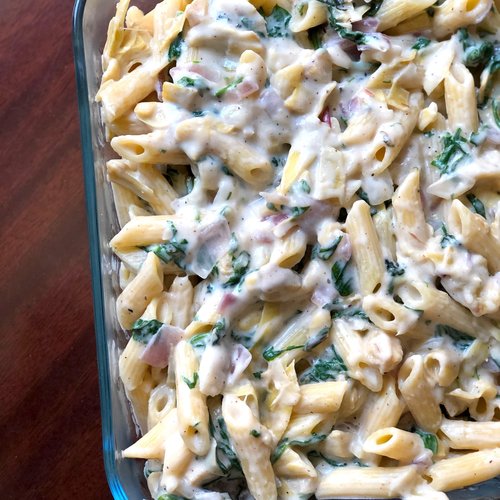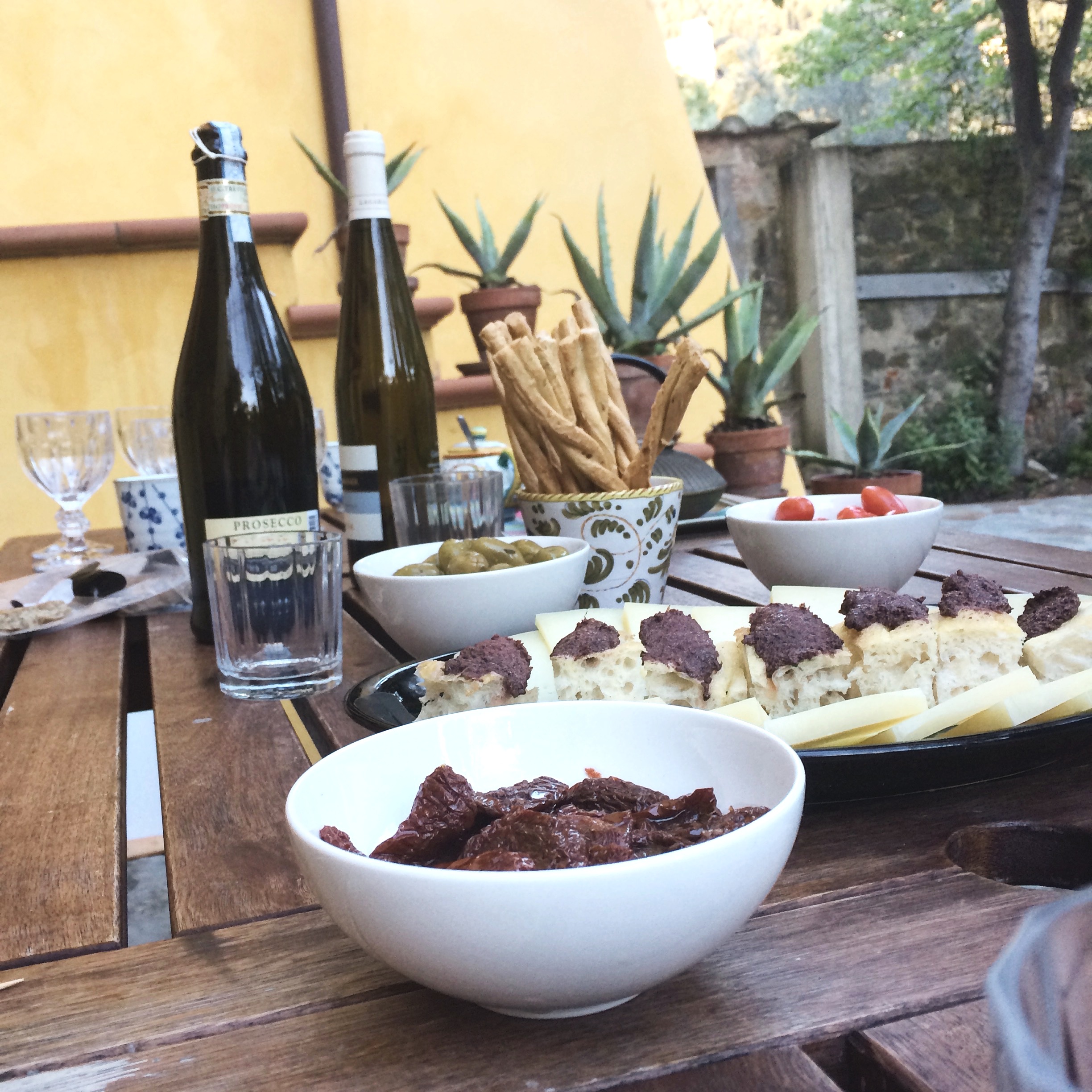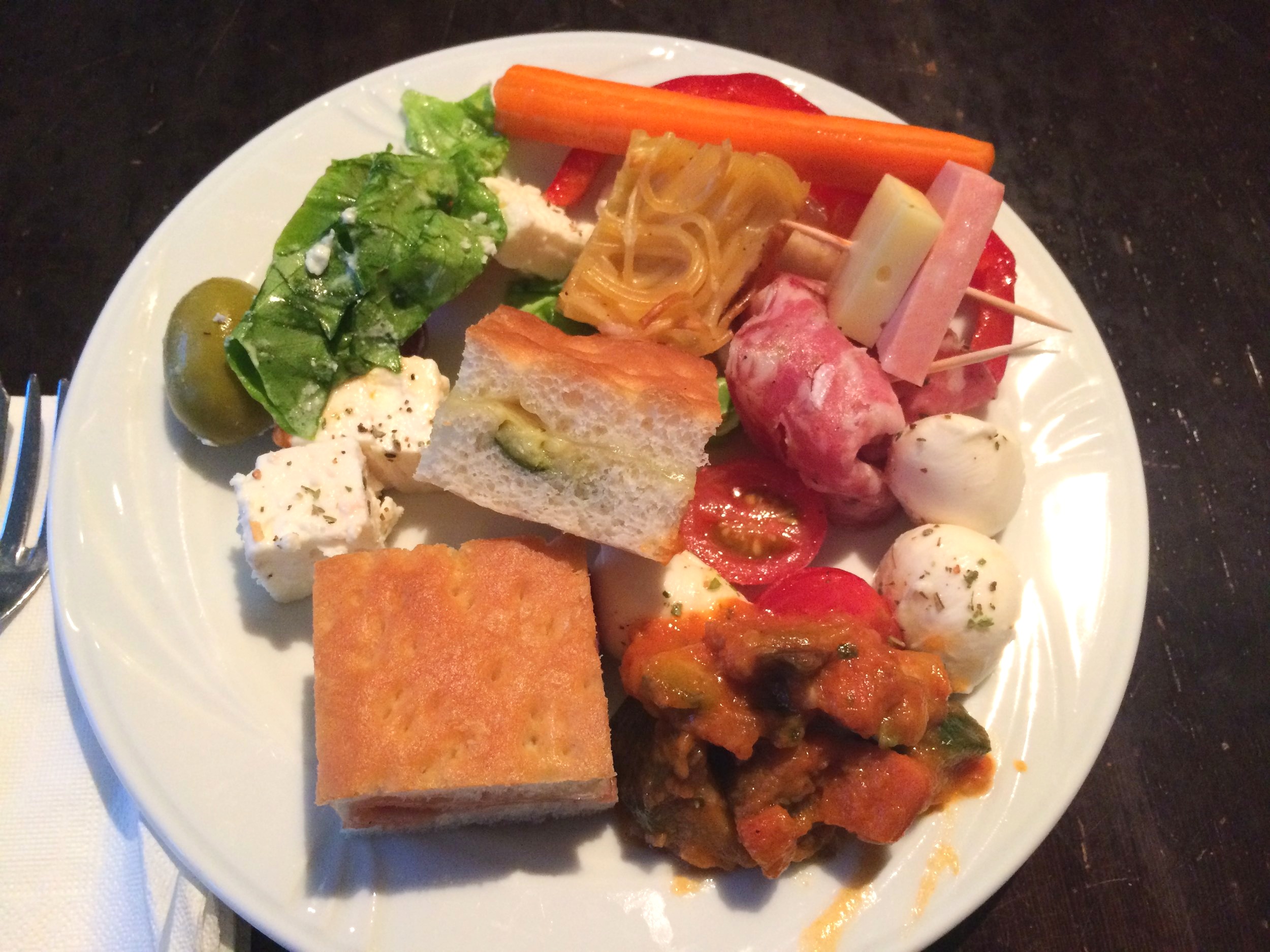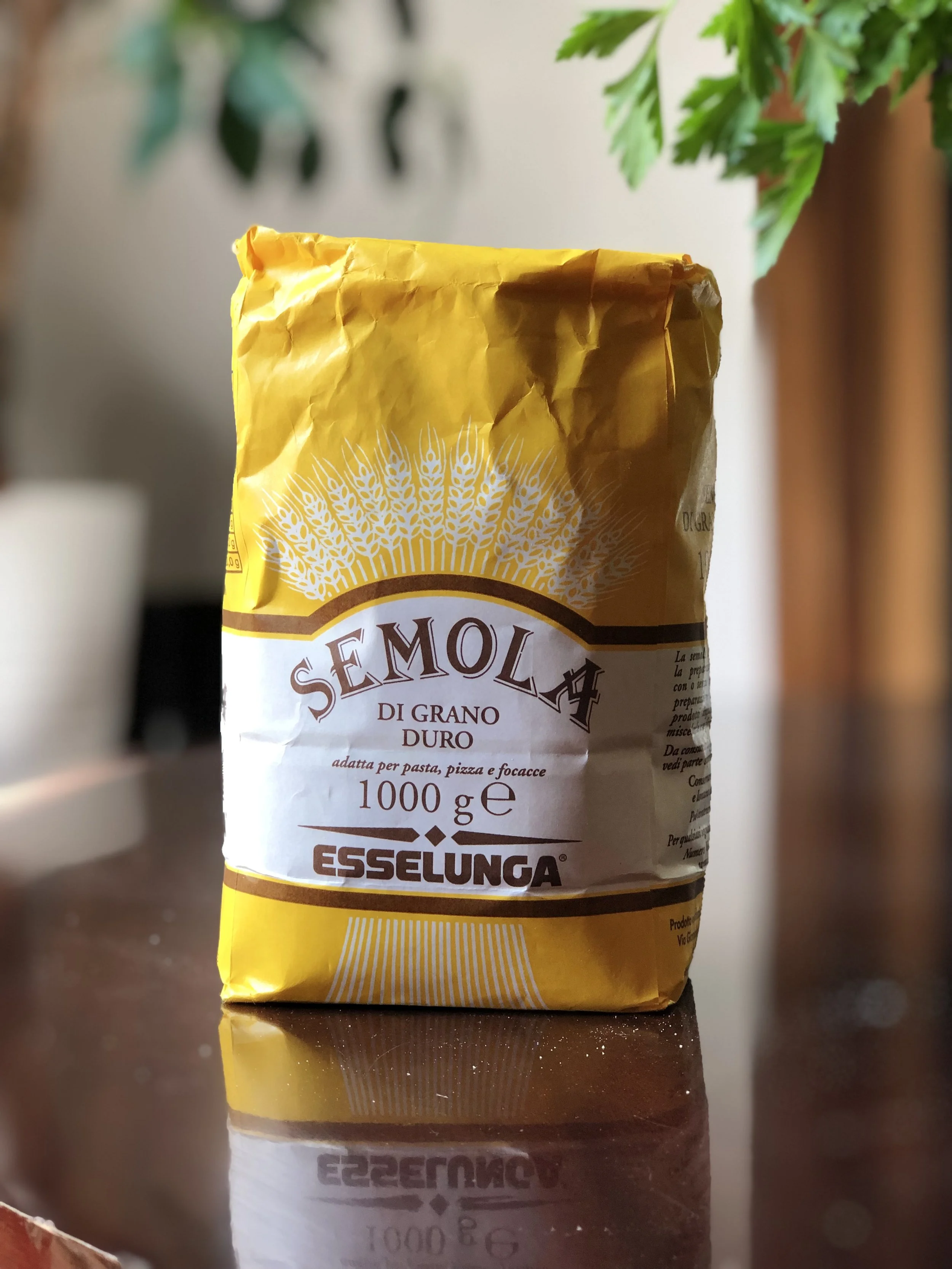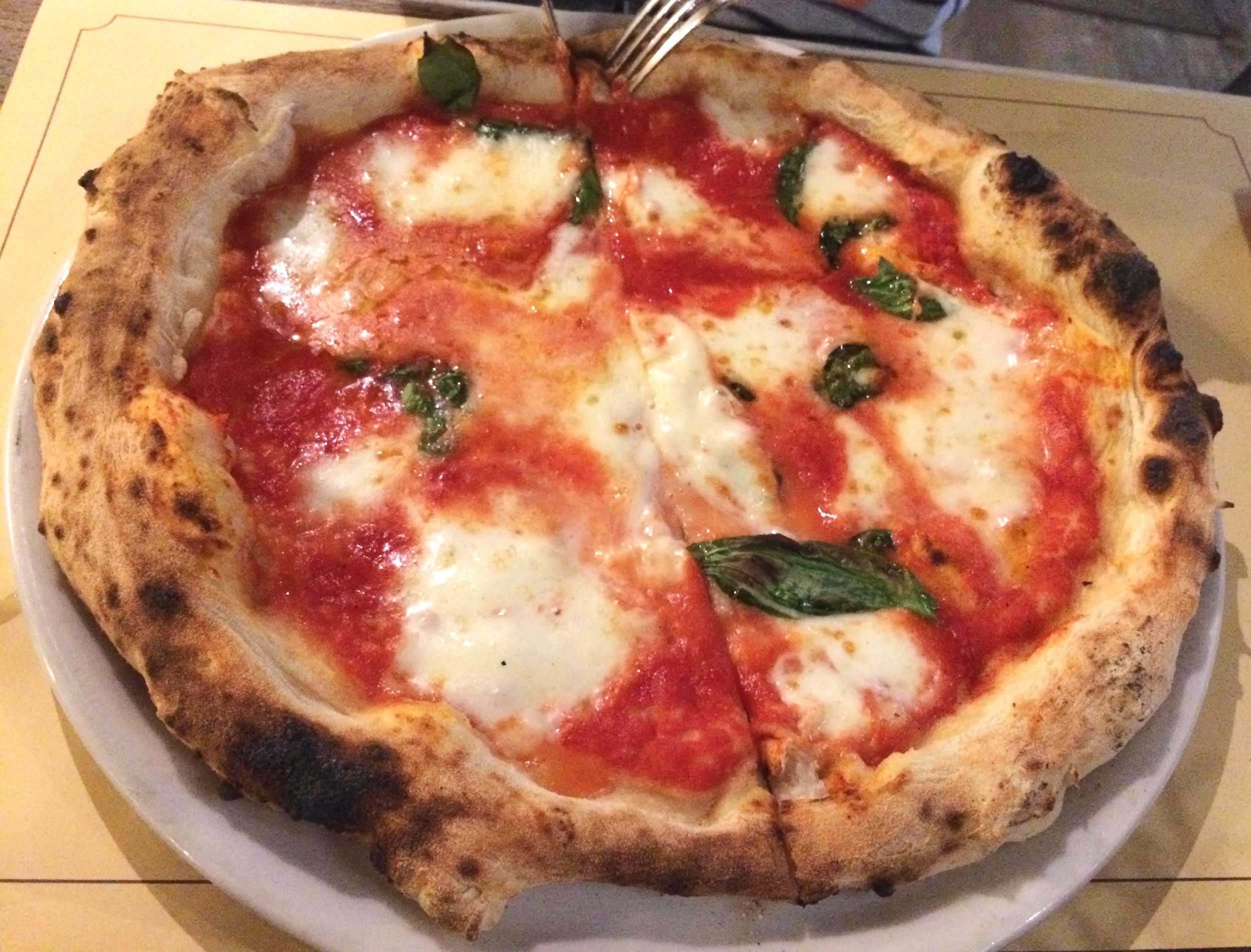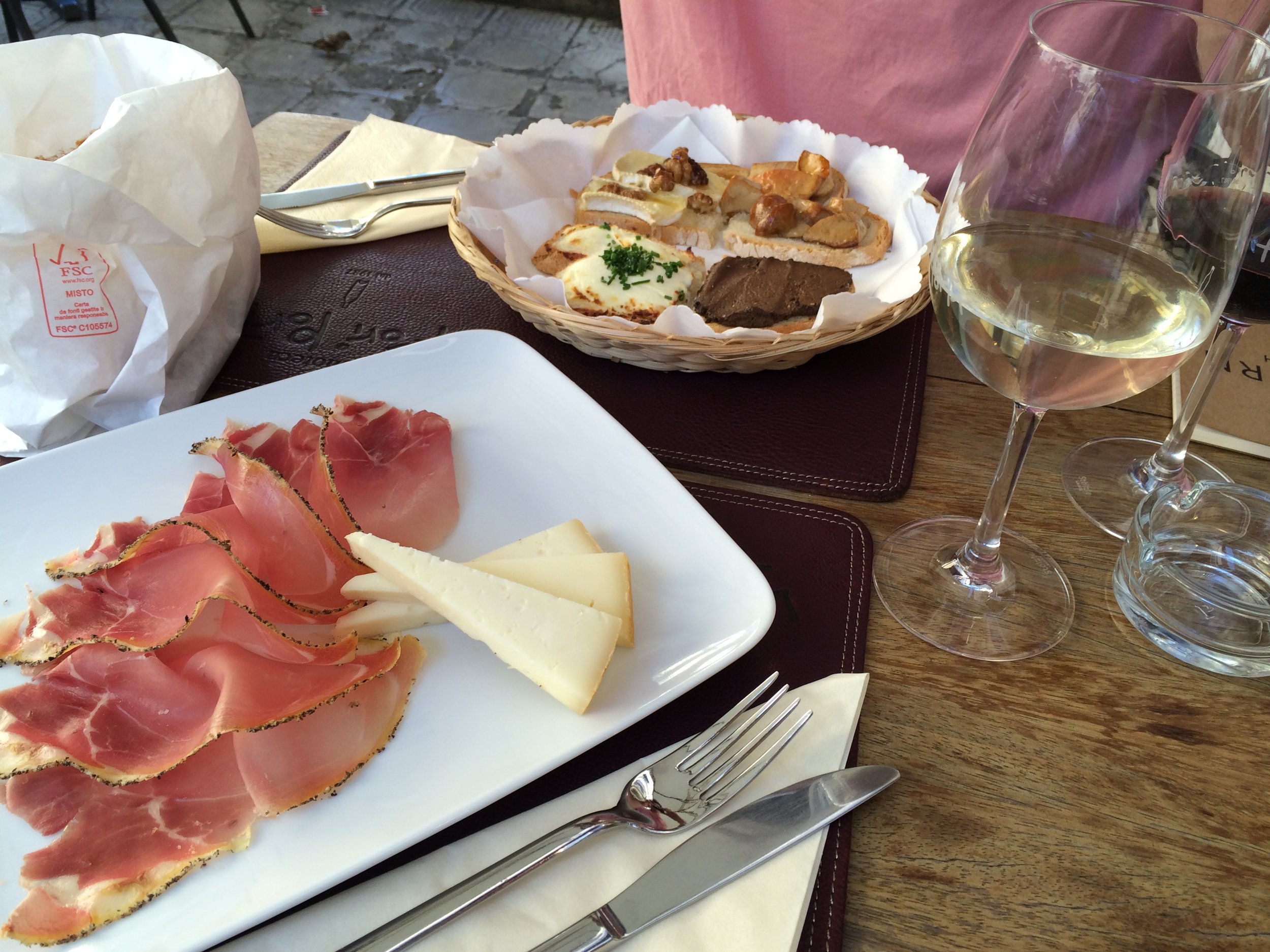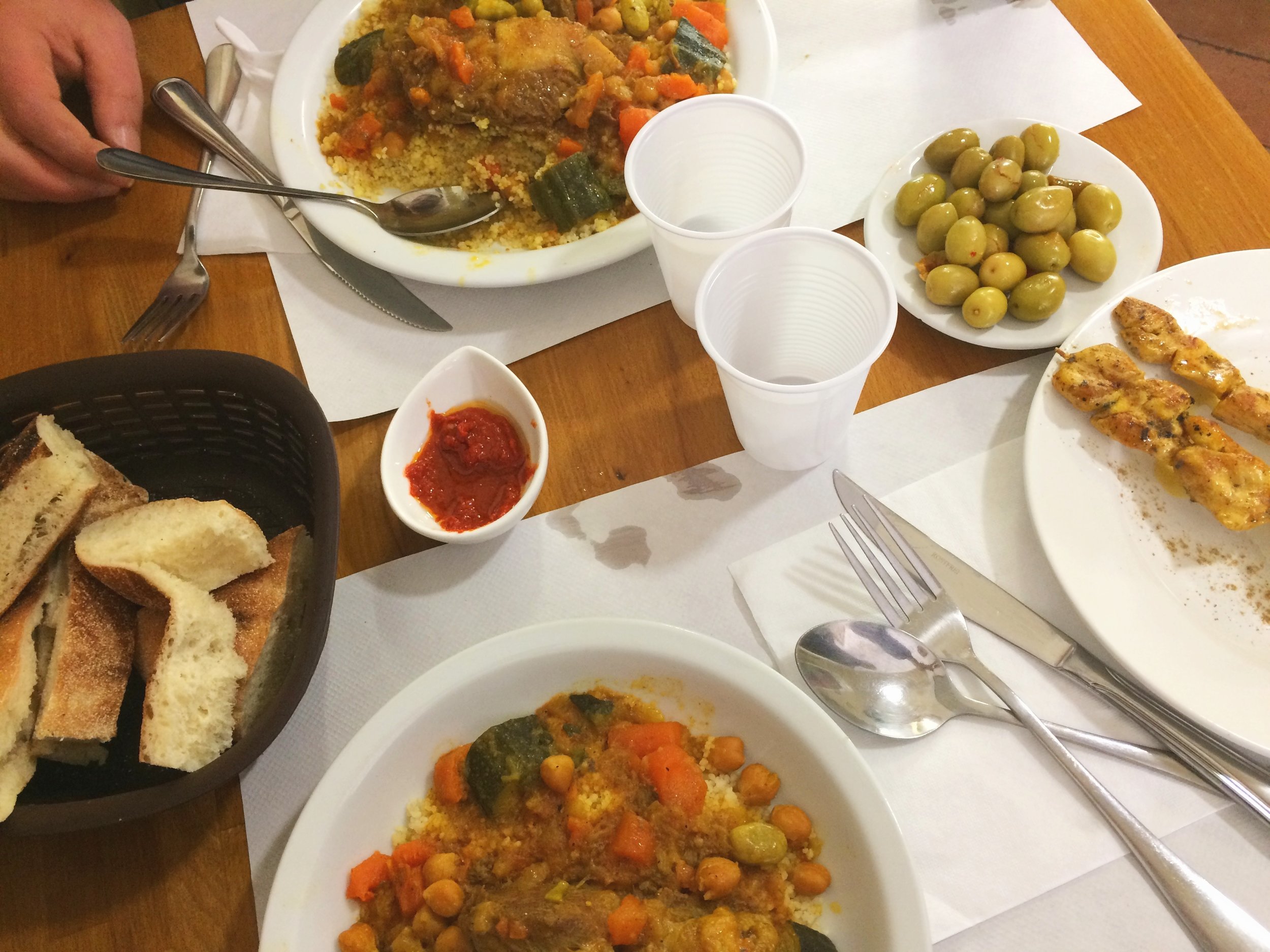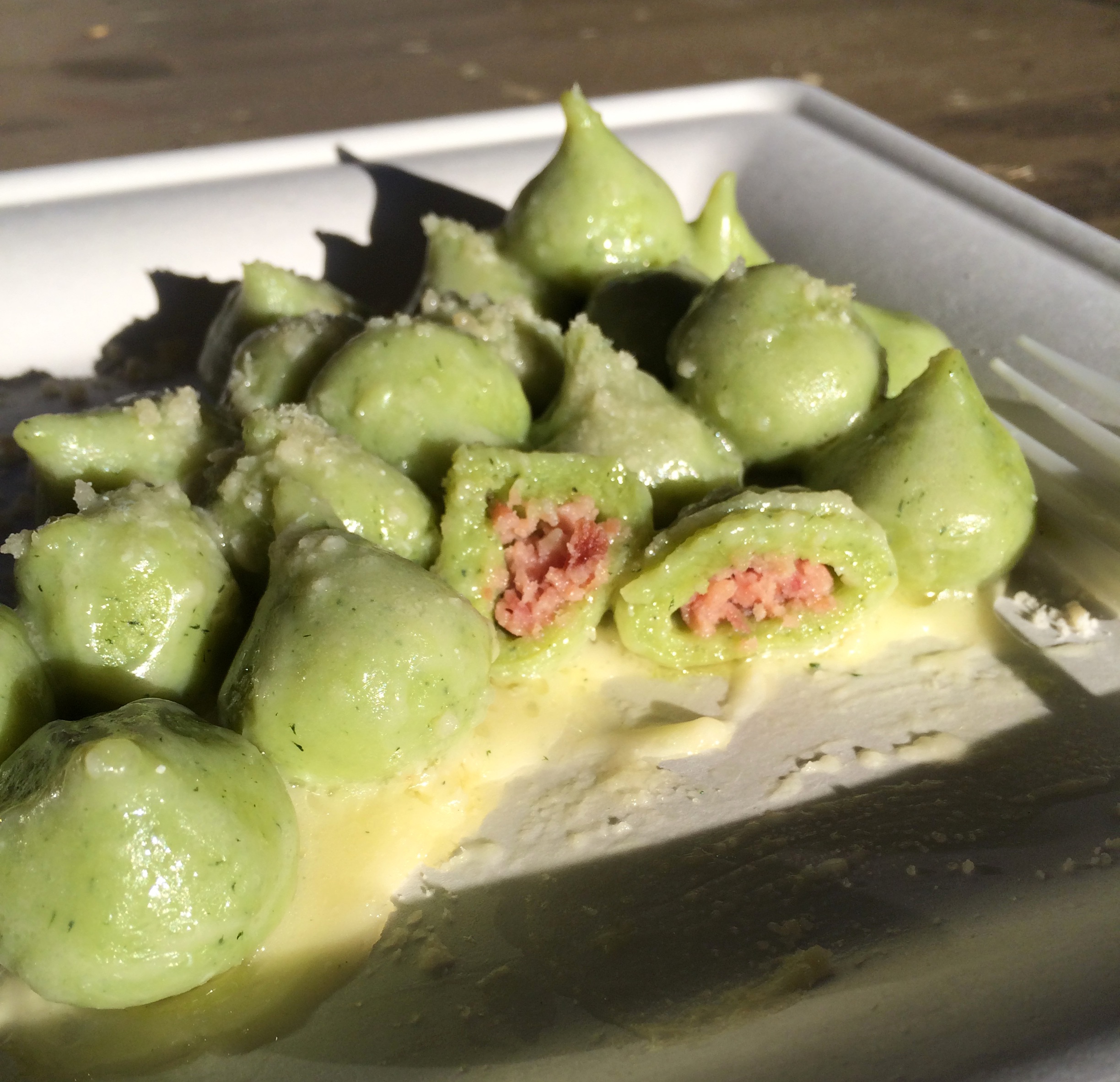Caprese Risotto
/Last updated August 28, 2024
You know risotto, right? That creamy Italian rice dish, usually cooked with a splash of wine? And you also know Caprese salad, the traditional Italian salad consisting of just tomatoes, mozzarella, and basil? (I gave you a nice preface to today’s recipe by sharing the recipe for Insalata Caprese Tradizionale last month on the blog.) Do you know what happens when you combine these two ideas into one dish?
You get a delicious creamy, rice dish with flavors of tomatoes, mozzarella, and basil! Risotto is usually a pretty hearty, comforting dish, better for cooler months, but this one has delicate summer flavors so you can have a risotto for every season. Because It’s mid September, my family back home in Michigan has been wearing jackets and pants for weeks, meanwhile it’s still in the mid 30’sC / 90’sF here in Florence. I’m dreaming of cooler weather, breaking out the sweaters and cozy socks, lighting candles, and making hearty chilis, soups, and everything pumpkin spice and nice. And risotto. So I compromise with a taste of summer, the remnants of summer Italian produce, and a comforting cooler month recipe.
This Caprese Risotto is a bit of a mix between Italian and American cuisines. It’s a risotto and involves all the ingredients from Caprese, but that doesn’t necessarily make it Italian. It’s one of those dishes stuck in the in between, and that’s ok. If it’s anything, it’s American. And I thought I should let you know that, so I don’t give you the false impression that I’m giving you some nonna’s recipe passed down for generations. Nope, this is me being American, taking one thing and combining it with another to create something that doesn’t fall into any category really. That’s one of my pet peeves actually, when I see recipes labeled Italian this or Tuscan that…just because something has oregano, basil, sun-dried tomatoes, or parmesan, does not make it Italian. Especially if it’s a meat, usually chicken is what I see, mixed with pasta. That’s a big no-no in Italy. Pasta is a primo piatto, or first course, and chicken and proteins are always a secondo piatto. You will also never find chicken on pizza. Or pineapple. This doesn’t mean to say you can’t do these things, of course you can, but just keep in mind that it is not Italian. After that, call it as you wish. Oh, and hand me a nice slice of pizza with pineapple, ya? Thanks.
Back to this summery risotto. When I first was making this I wanted to make sure the tomato flavor was closer to a fresh, sun-ripened tomato as it would be for Caprese, and not pungent and salty/sweet like we associate with a lot of canned tomato soups. I love tomato soup, just not the flavor that I was going for here. By using fresh tomatoes and getting saltiness from just the low-sodium broth, this turned out quite nicely. Add the creamy, pull-apart cheesiness from the mozzarella and the sweet, nutty basil, you’ve got a winner summer dinner! If you like, although not traditional to the Italian Caprese salad, add a drizzle of balsamic vinegar at the end. This dish isn’t traditional, so I feel ok about adding it. ;)
Bonus, this dish is also effortlessly gluten-free.
This post may contain affiliate links. If you make a purchase using these links, Jennyblogs may receive a small commission, at no extra cost to you. This helps to support Jennyblogs. Where possible, links are prioritized to small businesses and ethically and responsibly made items. For further information see the privacy policy. Grazie!
Caprese Risotto
Serves 4-6
Ingredients:
6 cups / 1,422g low-sodium vegetable broth
2 Tbsp / 28g olive oil
1/2 onion, diced
3 cloves garlic, minced
1 1/2 cups / 278g arborio rice, uncooked
1/2 cup / 119g white wine, optional
3 medium tomatoes, chopped
1/2 cup cherry tomatoes, halved or quartered
Parmigiano reggiano (parmesan) rind, optional
1 1/2 tsp fresh oregano, or 1/2 tsp dried
about 16 fresh basil leaves, sliced into ribbons
1/2 cup / 50g grated parmigiano reggiano
200g fresh mozzarella, sliced into chunks
extra virgin olive oil, more cherry tomatoes, basil leaves for garnishing, and balsamic vinegar if desired
Directions:
Heat broth in a pan over low heat.
In a large pot, heat oil over medium heat. Add onions and simmer for a few minutes, until starting to turn translucent.
Add garlic and rice, stirring occasionally, until rice is toasted and just starting to turn translucent on the edges; about 3-4 minutes.
Add the wine slowly, stirring all the while, until mostly absorbed by the rice.
Add all of the tomatoes, stir until heated through. Add parmigiano reggiano rind, if using.
Begin adding heated broth to the rice mixture, 1/2 cup / 119g at a time, stirring and allowing broth to be mostly absorbed before adding the next bit. As you near the end of the broth, start checking the rice every minute or two. When it looks cooked and is al dente when tasted, remove from heat. You may not need all the broth, but make sure it’s not too dry or thick. You’ll want to pull it from the heat when it still looks a bit soupy, as it will continue to cook and absorb liquid. (Thick, moundable risotto is a technically overcooked risotto. It should lazily settle back into the plate if you try and mound it.)
Add oregano, basil, parmigiano, and mozzarella. Stir until parmigiano is melted and mozzarella is stringy. Remove any chunks of parmigiano reggiano rind before serving.
Spoon risotto onto plates, drizzle with olive oil and garnish with cherry tomatoes and basil leaves. Drizzle with a bit of balsamic, if desired. Serve immediately.
Jenny’s Notes:
In a pinch you can use a 14.5oz / 411g can of diced tomatoes instead of the 3 medium tomatoes. Fresh tomatoes will always be better but sometimes you gotta do what you gotta do!
If using wine, try using a dry white wine, nothing too aged or overpowering, as this is a risotto with more delicate, summery flavors. Think Pinot Blanc, Gewurztraminer, a young Riesling, etc. Whichever wine you use in your cooking should ideally be served with the meal. Because of this, it is mistaken to use the “cheap” wines in cooking and then bring out the nice stuff for the meal. Remember, you’re cooking out (most of) the alcohol, not the flavor.
In fact, because of the delicate flavors of this risotto I don’t always add wine, but it’s up to you if you do! Wine is traditional in risotto. :)
If you have only bouillon cubes or normal-sodium broth on hand, you can substitute part water for the broth to keep the sodium levels down. I recommend using 4 cups / 948g worth of broth/bouillon broth and 2 cups / 474g water.
Using heated broth speeds up the cooking time so you’re not waiting for the broth to simmer and be absorbed between each addition. I have, however, made risotto many a time before I learned this trick, and although it takes a bit longer to cook when adding cold or room temp broth, it won’t in any way ruin your risotto.
Parmigiano Reggiano (parmesan cheese) is another ingredient typically used in risotto. It’s not used in caprese but it lends a cheesy hand to the mozzarella which is quite mild.
Another idea I’m drooling over right now, would be to add a nice portion of burrata on top of the plated risotto right before serving. Burrata is very similar to mozzarella, except it’s softer. It usually comes in round form, and the moment you cut into it the super soft, creamy center oozes out. Oh yes. Oh yes please.
If you don’t live in Italy chances are burrata and even fresh mozzarella will cost you, so you may opt for one or the other in this recipe. If your budget allows, go for both!! Here in Italy fresh mozzarella can be found easily for 2-3euro a pound.

Caprese Risotto
Ingredients
Instructions
- Heat broth in a pan over low heat.
- In a large pot, heat oil over medium heat. Add onions and simmer for a few minutes, until starting to turn translucent.
- Add garlic and rice, stirring occasionally, until rice is toasted and just starting to turn translucent on the edges; about 3-4 minutes.
- Add the wine slowly, stirring all the while, until mostly absorbed by the rice.
- Add all of the tomatoes, stir until heated through.
- Begin adding heated broth to the rice mixture, 1/2 cup / 119g at a time, stirring and allowing the broth to be mostly absorbed before adding the next bit. Keep an eye on the rice; when it starts to look cooked and is al dente when tasted, remove from the heat. You may or may not need all the broth, but make sure it’s not too dry or thick. You’ll want to pull it from the heat when it still looks a bit soupy, as it will continue to cook and absorb liquid. (A thick, moundable risotto is a technically overcooked risotto. A correctly cooked risotto should lazily settle back into the plate if you try and mound it.)
- Add oregano, basil, parmigiano, and mozzarella. Stir until parmigiano is melted and mozzarella is stringy.
- Spoon risotto into plates, drizzle with olive oil and garnish with cherry tomatoes and basil leaves. Drizzle with a bit of balsamic, if desired. Serve immediately.
Notes
In a pinch you can use a 14.5oz / 411g can of diced tomatoes instead of the 3 medium tomatoes. Fresh tomatoes will always be better but sometimes you gotta do what you gotta do! If using wine, try using a light white wine, nothing too aged or overpowering, as this is a risotto with more delicate, summery flavors. Think Pinot Blanc, Gewurztraminer, a young Riesling, etc. Whichever wine you use in your cooking should ideally be served with the meal. Because of this, it is mistaken to use the “cheap” wines in cooking and then bring out the nice stuff for the meal. Remember, you’re cooking out (most of) the alcohol, not the flavor. In fact, because of the delicate flavors of this risotto I don’t add wine, but it’s up to you if you do! Wine is traditional in risotto so you may think me odd that I don’t add it. :)If you have only bouillon cubes or normal-sodium broth on hand, you can substitute part water for the broth to keep the sodium levels down. I recommend using 4 cups / 948g worth of broth/bouillon broth and 2 cups / 474g water. Using heated broth speeds up the cooking time so you’re not waiting for the broth to simmer and be absorbed between each addition. I have, however, made risotto many a time before I learned this trick, and although it takes a bit longer to cook when adding cold or room temp broth, it won’t in any way ruin your risotto. Another idea would be to add a nice portion of burrata on top of the plated risotto right before serving. Burrata is very similar to mozzarella, except it’s softer. It usually comes in round form, and the moment you cut into it the super soft, creamy center oozes out.
Nutrition Facts
Calories
423.93Fat
21.69 gSat. Fat
8.54 gCarbs
36.34 gFiber
2.31 gNet carbs
34.03 gSugar
7.25 gProtein
16.20 gSodium
714.71 mgCholesterol
42.80 mgNutritional information is approximate and based on 4 servings.


